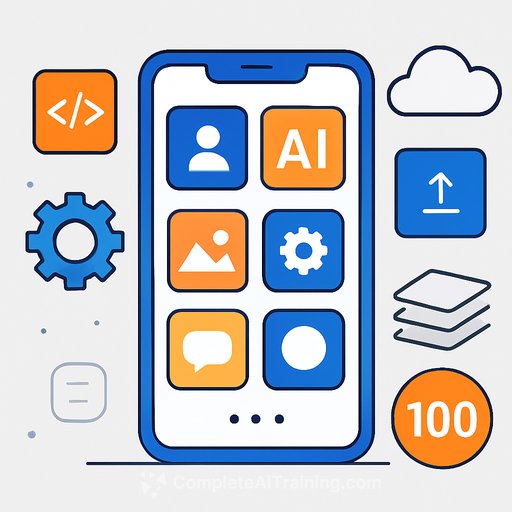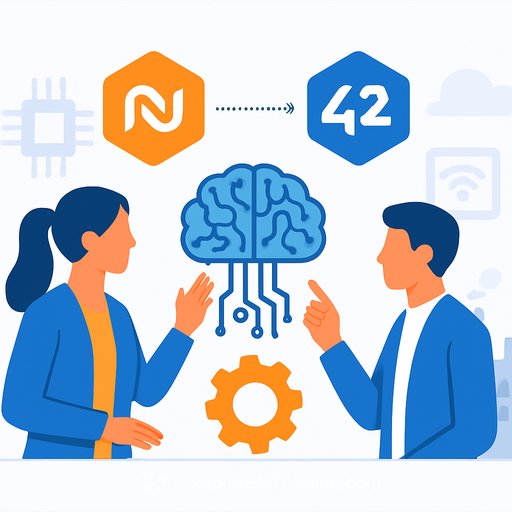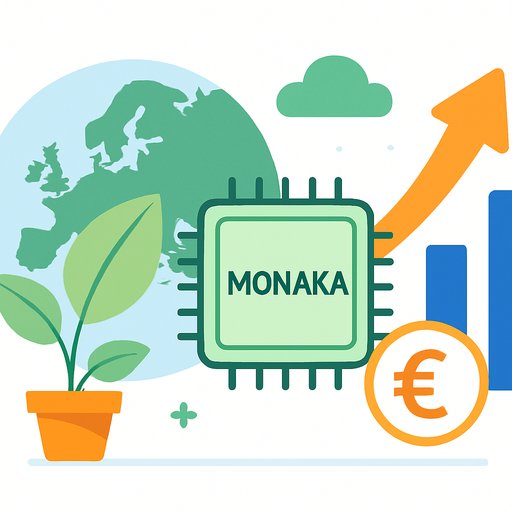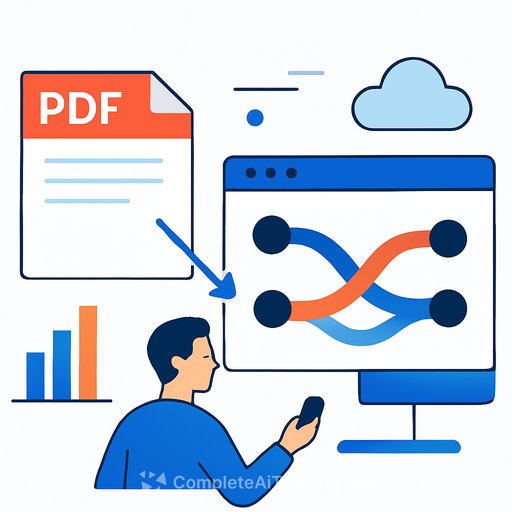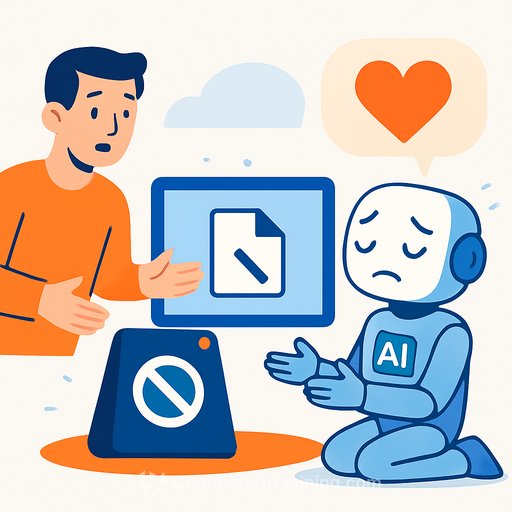Pi Network Updates App Studio: New Home Screen, AI Focus, and Bigger Build Limits
Pi Network rolled out a visual and functional update to App Studio, sparked by a bug reported during a hackathon. The home screen now carries a Pi icon marked with "AI," a starred accent, and a shifting purple-yellow background. Beyond looks, the update improves navigation and puts core build actions front and center.
More importantly, code is now portable. Developers can export source code, edit it, and re-upload-closing the loop for faster iteration without leaving the platform. The project creation cap moved from 10 to 100 per user, signaling that the build phase is scaling up.
What Changed
- New AI-branded Pi icon on the home screen with a refreshed visual theme.
- Clearer navigation and a cleaner main screen after a community-reported bug.
- Export, edit, and re-upload source code directly in App Studio.
- Manage descriptions, images, and links from the interface.
- Easier rename, delete, and share actions for apps.
- Improved search and filters in My Applications to find and manage projects faster.
Code Control That Speeds Iteration
The export-edit-re-upload workflow lets teams test ideas, ship fixes, and optimize without fighting the platform. That helps solo builders and product squads move from prototype to usable build with fewer blockers.
Metadata management (descriptions, images, links) is now handled in the same place you manage code. Less context switching, fewer clicks, and cleaner releases.
Scaling Limits and Token Controls
Project creation limits jumped from 10 to 100 per user-enough headroom for experiments, pilots, and multi-team catalogs. App Studio also caps simultaneous token placement at 100 Pi, keeping activity within set boundaries as the ecosystem grows.
AI Direction: From Styling to Function
The AI-stamped design isn't a coat of paint. Pi AI is being used to build chatbots and automate user interactions inside apps, reflecting a push toward decentralized AI tooling. It's in step with open projects like elizaOS that make agent-style experiences accessible to builders.
Pi reports meaningful traction: 55+ million users, 1.5+ million apps built since 2023, and over $1.2B in internal transactions in 2025. Pi isn't publicly traded; its internal value is estimated between 0.10 and 0.50. If app utility and usage keep climbing, that estimate may shift after mainnet launch.
Why This Matters for Developers and Product Teams
- Faster build cycles: export-edit-re-upload makes iteration straightforward.
- Less overhead: manage assets and metadata without leaving the platform.
- More capacity: 100-project limit supports experiments and parallel workstreams.
- Lower barrier to entry: non-coders can start building with clearer UI and AI-driven features.
- Healthy feedback loop: the hackathon bug fix shows the team listens and moves.
- Ecosystem mindset: the focus is on apps, utility, and developer outcomes-not just a token.
Community Response
Developers called out the quick fix and praised the team's humility. Screenshots of the new layout and AI branding circulated widely, with builders noting cleaner navigation and easier app management. Sentiment is simple: more speed, fewer excuses, and a path for non-coders to get started.
What To Do Next
- Export your current app's code, refactor locally, and re-upload to benchmark iteration speed.
- Clean up app metadata and assets; use the new filters to keep your portfolio organized.
- Plan for up to 100 projects-spin up experiments without clogging your main roadmap.
- Prototype an AI-led flow (chatbot, guided onboarding, or workflow automation) using Pi AI.
- If you're leveling up your prompt and agent skills, browse practical resources on prompt engineering.
Your membership also unlocks:

